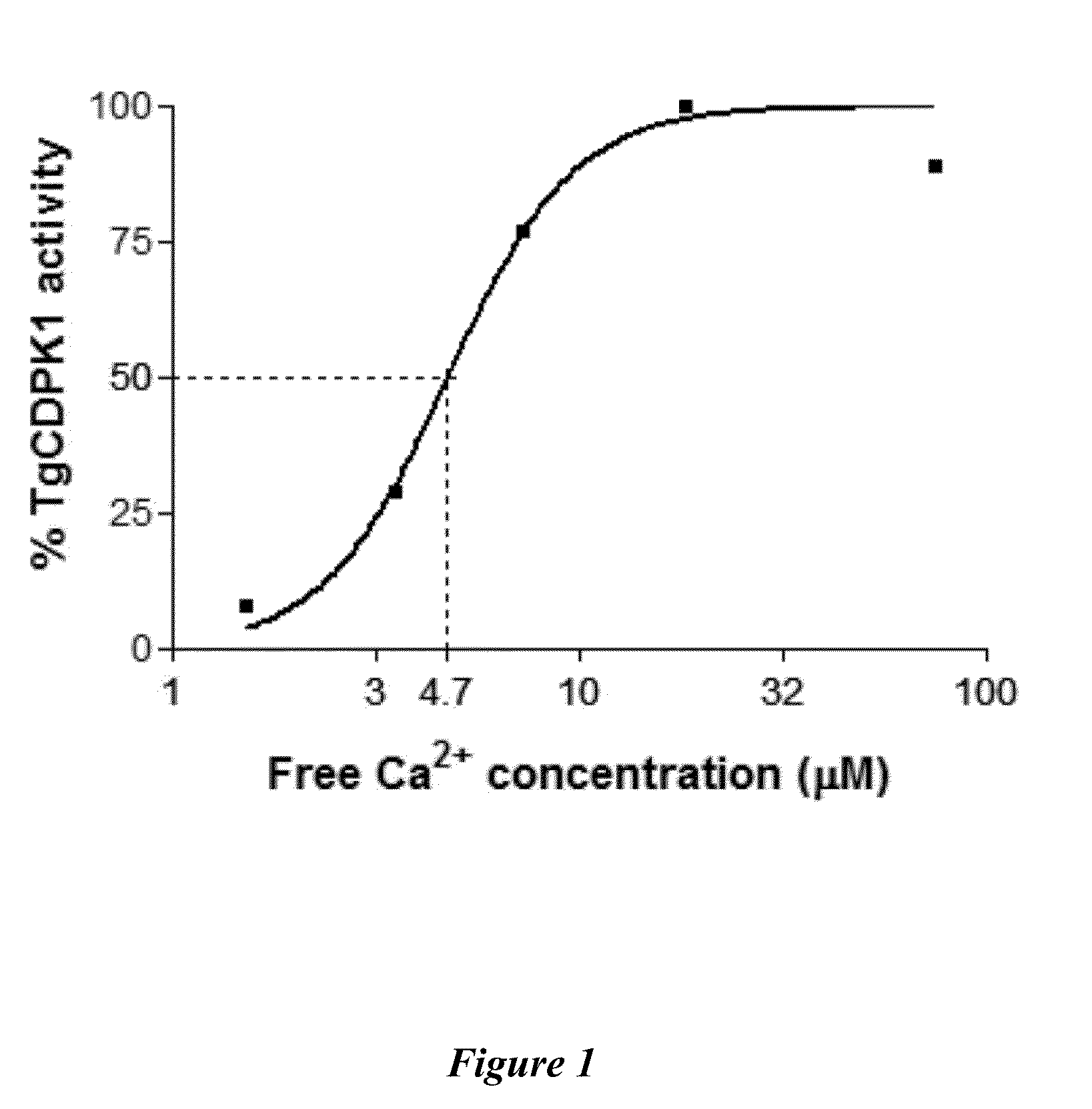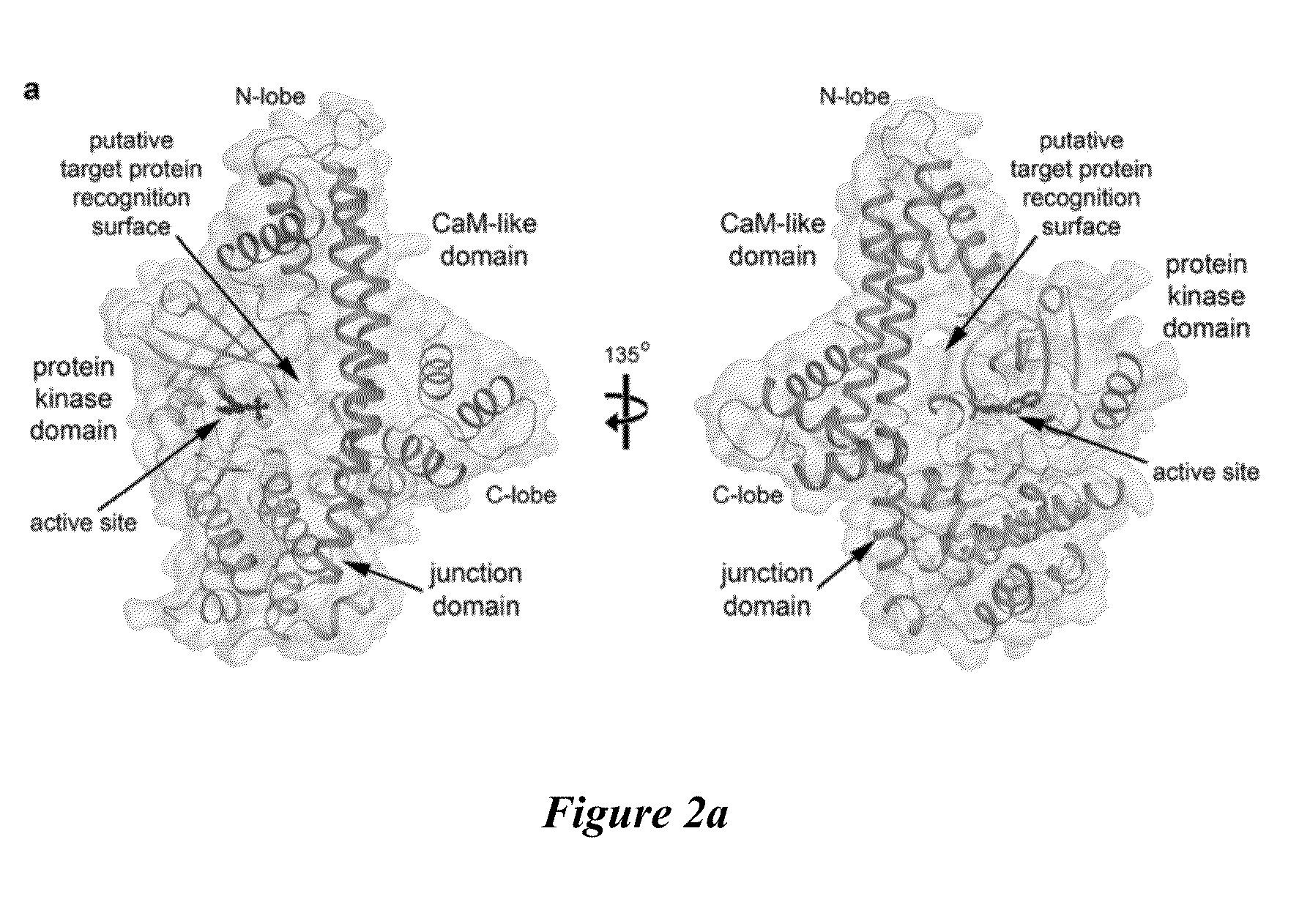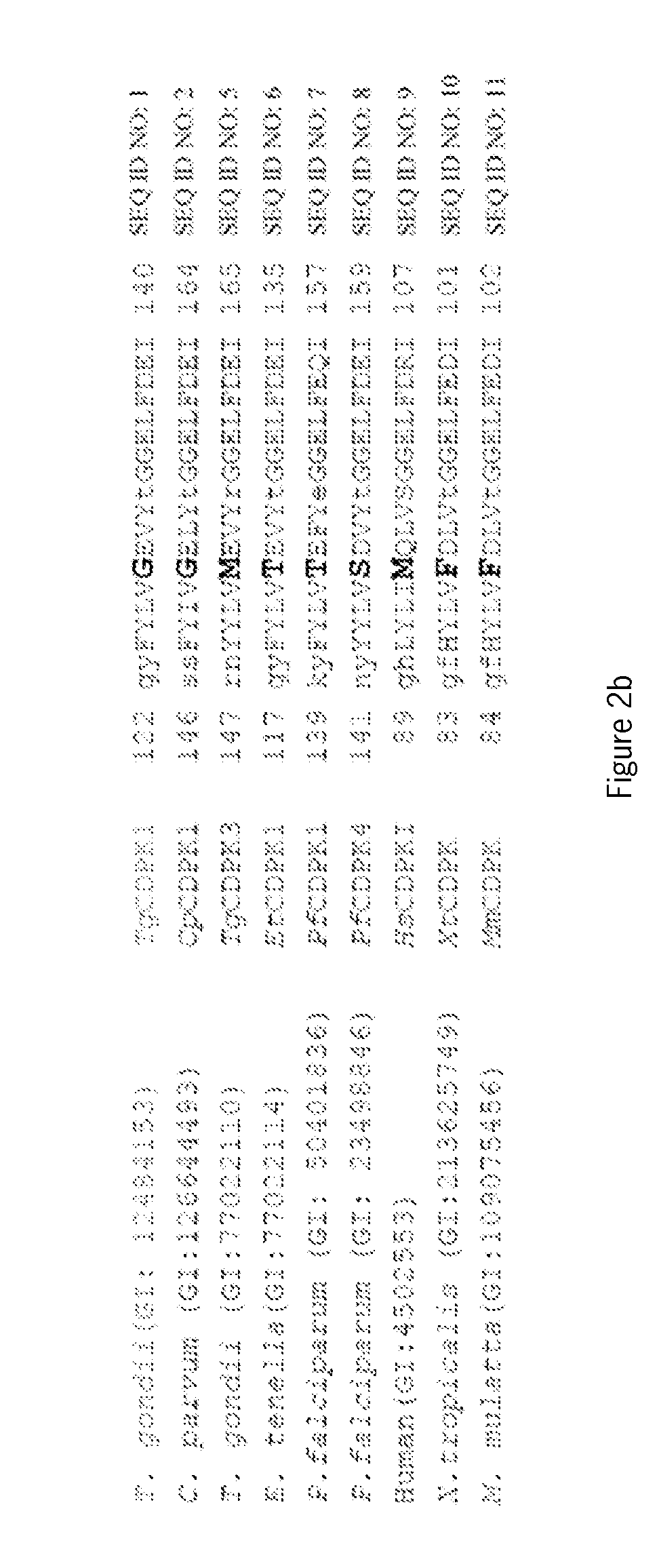Compositions And Methods For Treating Toxoplasmosis, Cryptosporidiosis, And Other Apicomplexan Protozoan Related Diseases
a technology of apicomplexan protozoa and compositions, applied in the direction of biocide, antiparasitic agents, drug compositions, etc., can solve the problems of high cost, ineffective treatment of immunocompromised hosts, severe birth defects or miscarriages,
- Summary
- Abstract
- Description
- Claims
- Application Information
AI Technical Summary
Benefits of technology
Problems solved by technology
Method used
Image
Examples
example 1
Preparation of Intermediate A
[0476]
[0477]To malononitrile (0.646 g, 9.8 mmol) in THF (15 mL) and sodium hydride (0.494 g, 19.5 mmol, 95% dispersion in paraffin oil), 1-naphthyleneacetyl chloride (2.0 g, 9.8 mmol) was added dropwise at 5-10° C. After 3 h, the reaction mixture was warmed to room temperature and hydrochloric acid (45 mL) was added. The mixture was then extracted with ethyl acetate (3×75 mL) and the organic layer was dried over Na2SO4 to yield A (1.71 g, 75%). 1H NMR (CDCl3, 300 MHz) δ 7.96-8.02 (m, 1H), 7.80-7.91 (m, 2H), 7.49-7.59 (m, 2H), 7.41-7.47 (m, 2H), 4.12 (s, 2H), 3.56 (s, 1H).
example 2
Preparation of Intermediate B
[0478]
[0479]To sodium hydrogen carbonate (6.112 g, 72.7 mmol) in 1,4-dioxane (12 mL) and water (2 mL), compound A (2.130 g, 9.1 mmol) and dimethyl sulfate (6.038 mL, 63.6 mmol) were added slowly. After stirring at 85° C. for 2.5 h, water (60 mL) was added. Extraction with tert-butyl methyl ether (4×50 mL), drying of the organic layer with Na2SO4, and silica gel chromatography using an ethyl acetate-hexanes gradient yielded B (0.964 g, 43%). 1H NMR (CDCl3, 300 MHz) δ 8.08-8.13 (m, 1H), 7.99-8.03 (m, 1H), 7.92-7.97 (m, 1H), 7.58-7.70 (m, 2H), 7.49-7.56 (m, 1H), 7.25-7.30 (m, 1H), 4.63 (s, 2H), 3.98 (s, 3H).
example 3
Preparation of Compound 4
[0480]
[0481]To compound B (0.908 g, 3.66 mmol) in ethanol (10 mL), hydrazine hydrate (222 μL, 3.66 mmol, 80% hydrazine hydrate) and triethylamine (501 μL, 3.66 mmol) were added. After refluxing for 3.5 h the solvent was evaporated and water was added. The solid was collected and without any further purification, was refluxed in formamide (6 mL) overnight. The cold reaction mixture was diluted with water and the precipitate was collected. This precipitate was redissolved in chloroform and then purified by silica gel chromatography using a methanol-chloroform gradient to yield 4 (456 mg, 45%). 1H NMR (DMSO-d6, 300 MHz) δ 8.37 (s, 1H), 8.05-8.14 (m, 1H), 7.89-7.97 (m, 1H), 7.78-7.86 (m, 1H), 7.38-7.57 (m, 4H), 4.86 (s, 2H).
PUM
 Login to View More
Login to View More Abstract
Description
Claims
Application Information
 Login to View More
Login to View More - R&D
- Intellectual Property
- Life Sciences
- Materials
- Tech Scout
- Unparalleled Data Quality
- Higher Quality Content
- 60% Fewer Hallucinations
Browse by: Latest US Patents, China's latest patents, Technical Efficacy Thesaurus, Application Domain, Technology Topic, Popular Technical Reports.
© 2025 PatSnap. All rights reserved.Legal|Privacy policy|Modern Slavery Act Transparency Statement|Sitemap|About US| Contact US: help@patsnap.com



